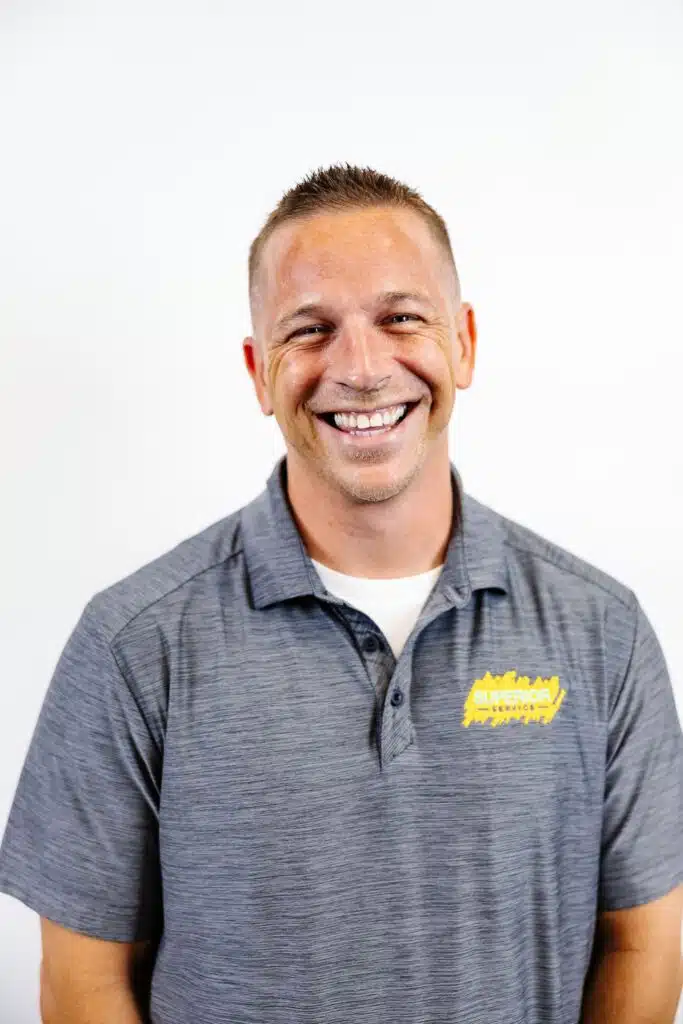A/C Surge Protection: Keeping Your Air Conditioner Safe
Imagine your air conditioner quits on the hottest day of the year. The cause? A hidden electrical surge that fried its sensitive electronics. For homeowners and businesses, this nightmare isn’t as rare as you think. As we head toward 2026, protecting your HVAC system with surge protection is more important than ever.
A/C surge protection shields your AC unit from power surges—sudden jolts of electricity that can come out of nowhere. These surges may occur from lightning, power grid problems, or even large appliances cycling on and off. Modern air conditioners have circuit boards, variable speed controls, and microprocessors, all of which are easily damaged by electrical surges. With the high price of new HVAC equipment, a little prevention goes a long way. Investing in the right surge protector brings peace of mind, preventing malfunctions and expensive repairs.
What Causes Power Surges and Why A/C Units Need Protection
Not all power surges look dramatic. Sometimes, you might see a flash from lightning striking nearby, but most often, surges are silent and invisible. Here’s what commonly causes them:
- Lightning strikes (even if not direct)
- Issues with utility power lines
- Other large equipment, like a heat pump, is cycling on or off in your building
- Sudden power outages followed by a return of electricity
Each surge pushes extra voltage into your home’s electrical systems. While all electronics feel the effect, your air conditioner is especially at risk. The compressor, condenser, air handler, and control board inside every AC unit use sensitive circuits. Even a single power surge can burn out these parts or cause subtle, hidden damage that lowers your unit’s lifespan.
Repeated small surges are like tiny hammer blows. You might not notice anything wrong at first, but over time, they can cause wiring to fail, refrigerant controls to go bad, or the entire system to operate less efficiently. Whether you run a business keeping customers cool or you’re a homeowner wanting summer comfort, installing an HVAC surge protector just makes sense.
Best Practices for A/C Surge Protection
Modern homes are packed with gadgets, but your AC system is one of the most expensive and essential. Protecting it doesn’t have to be complex. Start with these smart steps:
- Use high-quality surge protectors designed for HVAC units. Look for models with multiple modes of protection: Line-to-Ground, Line-to-Neutral, and Line-to-Line.
- Install a whole-house surge protector at your breaker panel to add a layer of protection for everything in your home, including your air conditioner.
- Choose trusted brands and verify devices have the right amp and current rating for your system.
- Schedule regular HVAC maintenance. Keeping your system clean and serviced prevents small electrical faults from snowballing into big problems. Change filters, clean drain lines, and get professional inspections every year.
- Disconnect your AC unit during major storms if safe and practical. Shutting off or unplugging the system directly guards against big power spikes.
- Include surge protection in new installations. If you’re putting in a new air conditioner or mini-split, ask your HVAC tech to add a surge protective device (SPD) at the start.
- Upgrade existing systems by having a surge protector added if you don’t already have one.
By adding surge protection to your air conditioning system, you’ll also gain from professional installation. Learn more about the other advantages of professional A/C installation and how expert help sets you up for long-term success.
Whole-House Surge Protection
Whole-house surge protectors are installed at your main electrical panel. They guard every electrical device plugged into your home—including your air conditioning unit, heat pump, or mini-split. These devices work alongside dedicated HVAC surge protectors for stronger coverage. They use components like a metal oxide varistor to safely redirect extra voltage to ground before it can hurt any connected electronics.
If you want full protection, combine a whole house surge protector with unit-specific devices on your HVAC equipment.
Why Professional Installation Matters
It’s tempting to buy a surge protector and plug it in—but HVAC systems aren’t like regular wall outlets. Certified technicians check current rating, breaker compatibility, and make sure everything meets local safety codes. They’ll also help you select the right surge protective device for your condenser, air handler, or heat pump.
Having a licensed professional install your HVAC surge protector often keeps your warranty valid and makes sure future repairs aren’t complicated by home-made electrical changes. For anyone unsure about setup, expert help means peace of mind and absolute safety.
Common Questions About A/C Surge Protection

Scott – HVAC Project Manager
Reviewed by Scott, Bryant-Certified HVAC Project Manager – 17 Years of Experience
Scott brings 17 years of HVAC experience to his role as Project Manager at Superior Service. He is Bryant Certified and specializes in designing and overseeing heating and cooling solutions that keep homes efficient and comfortable year-round. Customers appreciate Scott’s ability to guide projects smoothly from start to finish.
Contact Superior Service
A/C surge protection gives homeowners and businesses a simple way to shield their expensive HVAC systems from silent electrical threats. Combining a whole home surge protector with dedicated HVAC surge devices offers a strong safeguard against sudden malfunctions, costly repairs, and unwanted downtimes. Regular care, including scheduled maintenance, further extends your system’s life and improves comfort for everyone indoors.
Ready to protect your air conditioning and secure long-term peace of mind? Contact Superior Service for friendly advice and skilled installation of your surge protective devices. Our experts focus on what matters most: your comfort, safety, and satisfaction. Enjoy worry-free cooling and smart protection for years to come.
"*" indicates required fields





